What Are The Pituitary Gland Hormones?
The pituitary gland, a gland located in the brain just behind the bridge of the nose, is responsible for the production of numerous different hormones. A structure in the brain referred to as the hypothalamus sits just above the pituitary gland and controls it by sending messages using certain hormones. Once the pituitary gland receives these messages from the hypothalamus, it produces or secretes more hormones to tell the other glands throughout the body what they should be doing. The pituitary gland contains an anterior or front lobe as well as a posterior or back lobe, which are responsible for the secretion of hormones. The front lobe of the pituitary gland produces the hormones prolactin, growth hormone, adrenocorticotropin, thyroid-stimulating hormones, luteinizing hormone, and follicle-stimulating hormone. The back lobe of the pituitary gland stores antidiuretic hormone and oxytocin until secretion is needed.
Get the full details on pituitary gland hormones now.
Thyroid-Stimulating Hormone
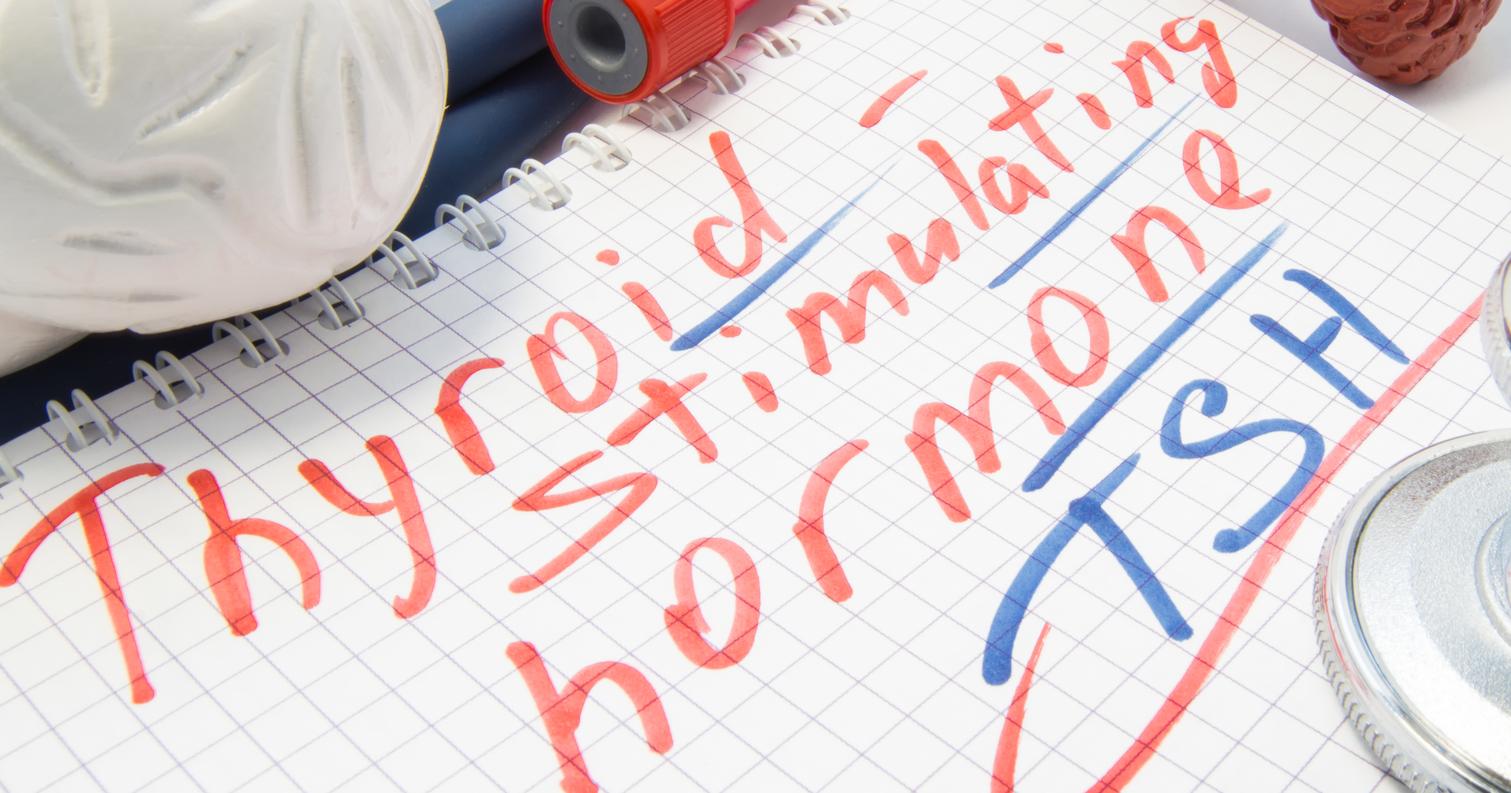
Thyroid-stimulating hormone (TSH) is a hormone produced by the pituitary gland that controls thyroid hormone production by the thyroid gland. This hormone works by binding to certain receptors on the cells that make up the thyroid gland. Thyroid-stimulating hormone levels will increase in the blood when the thyroid gland isn't producing enough thyroxine and triiodothyronine. When thyroxine and triiodothyronine levels increase in an individual's blood, they signal the hypothalamus to stop producing the thyrotropin-releasing hormone, which then stops stimulating the pituitary gland to produce TSH. The hormones produced by the thyroid gland are important because they dictate the way an individual's body breaks down the food they consume into energy for the cells. This process is referred to as metabolism. The thyroid hormones thyroid-stimulating hormone is in charge of are also responsible for influencing how fast the heart beats, how fast an individual breathes, and the rate at which calories are burned.
Get familiar with the next pituitary gland hormone now.
Adrenocorticotropic Hormone
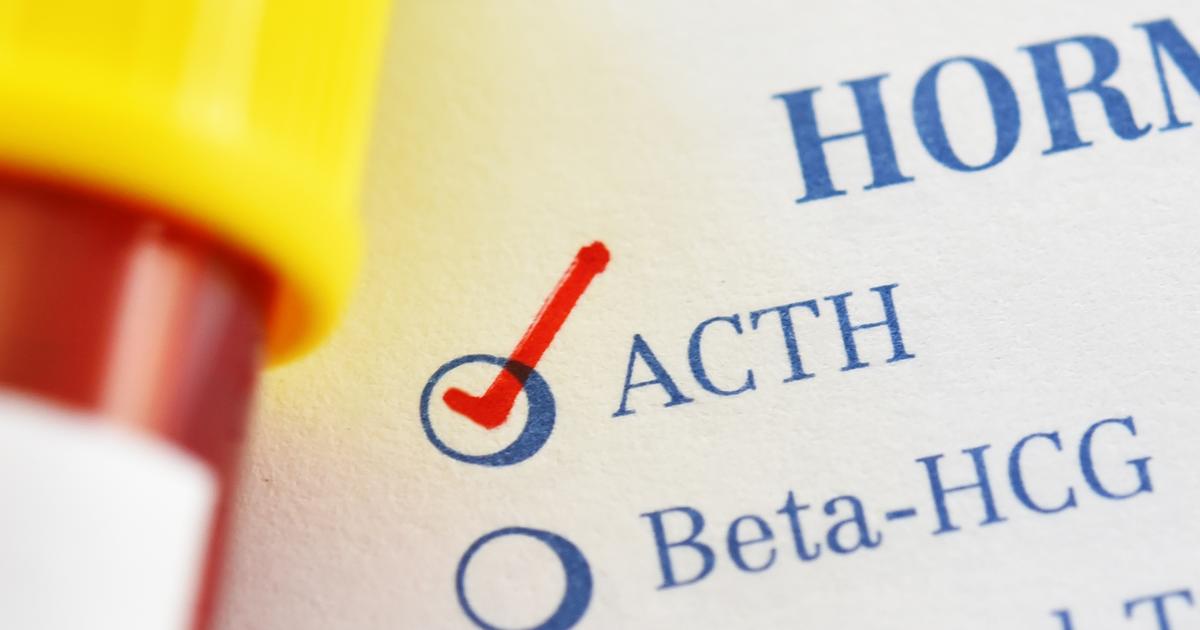
Adrenocorticotropic hormone (ACTH) is the pituitary hormone responsible for controlling how much cortisol is produced by the adrenal glands. Cortisol is one of the main hormones involved in an individual's stress response and produces numerous physiological changes in the body to prepare it for fight or flight. The process of pituitary secretion of ACTH is similar to TSH as it follows another negative feedback loop referred to as the hypothalamic-pituitary-adrenal axis. When an individual's hypothalamus detects low levels of adrenocorticotropic hormone in the blood, it produces a hormone referred to as corticotropin-releasing hormone. Corticotropin-releasing hormone is what tells the pituitary gland to produce more ACTH. When the adrenal glands detect high levels of adrenocorticotropic hormone in the blood, they secrete a hormone called cortisol. When the levels of cortisol in the blood rise, the hypothalamus slows its release of the corticotrophin-releasing hormone. As a result of this process, the pituitary gland slows down its production of ACTH, and the loop starts all over again.
Read more about the hormones the pituitary gland produces now.
Growth Hormone
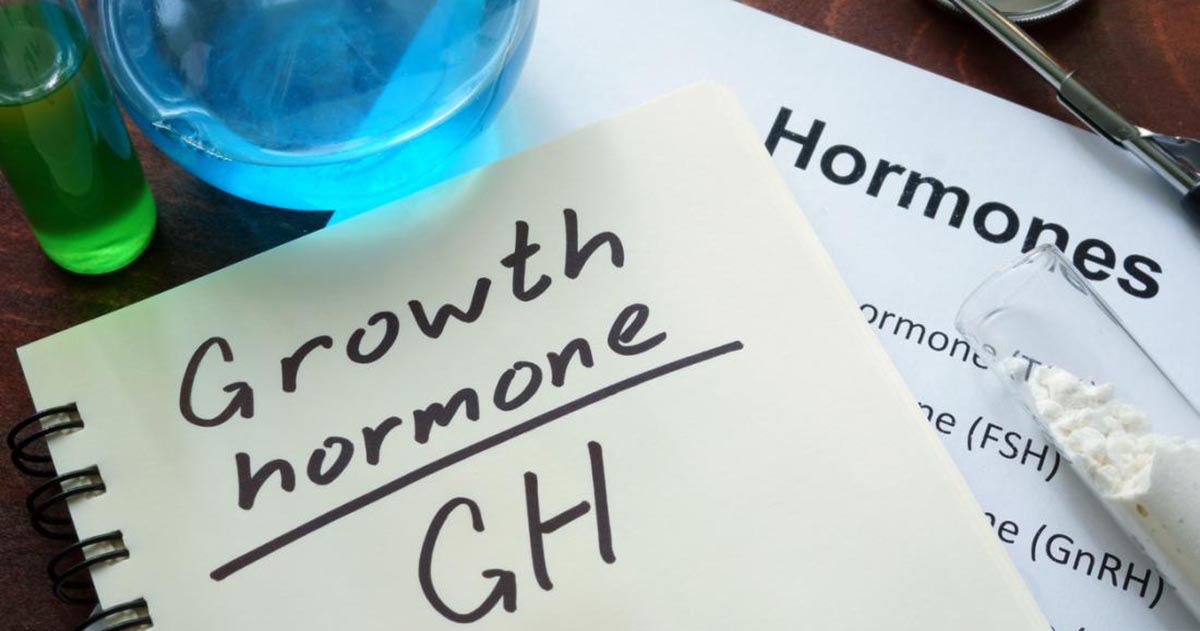
Growth hormone acts on numerous parts of an individual's body to promote growth during their childhood years. It is responsible for increasing an individual's height until the bone growth plates or epiphysis fuse. Growth hormone in the adult body is responsible for maintaining metabolism and normal body structure, including managing the range of the individual's blood glucose. The release of growth hormone from the pituitary gland is not a continuous process. This hormone is released in pulses or boluses every three to five hours and is controlled by the hypothalamus. The hypothalamus controls the pituitary release of growth hormone with hormones that include growth hormone-releasing hormone and somatostatin, which release growth hormone and then stop that release. Low glucose, sleep, exercise, and stress are factors known to increase the levels of growth hormone in an individual's body.
Uncover more details on pituitary gland hormones now.
Endorphins
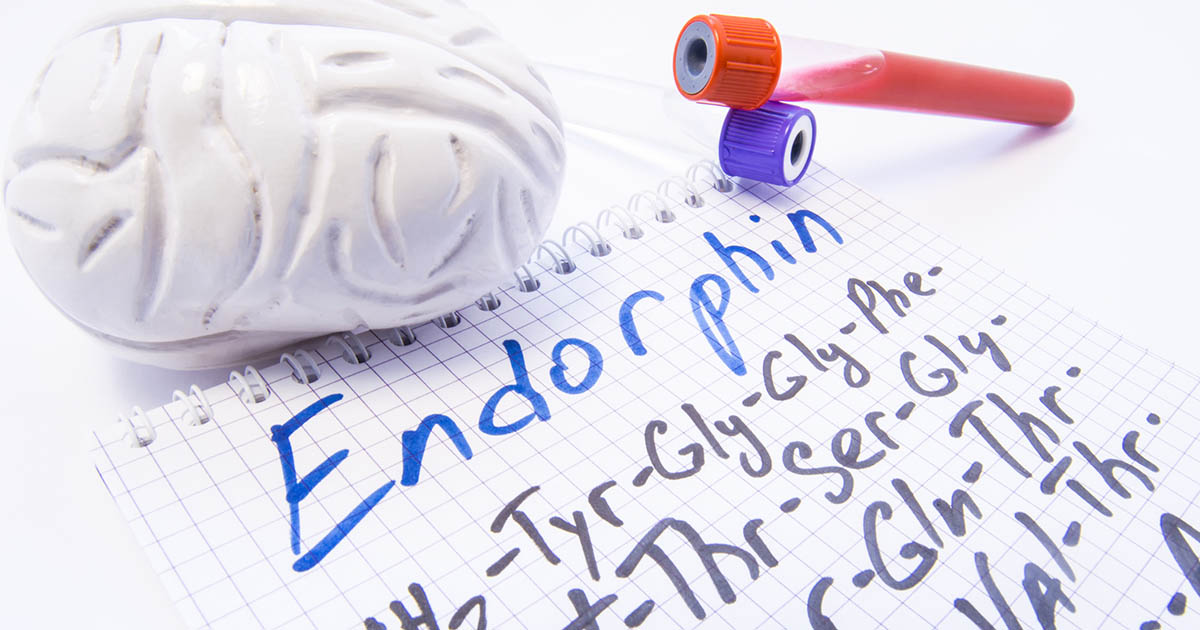
Endorphins are a large group of peptides produced by the pituitary gland and central nervous system that boost pleasure and reduce pain. Endorphins are considered neurotransmitters, which means they transmit signals from one neuron to another. The pituitary gland produces endorphins used in the peripheral nervous system to bind to μ-receptor, which stops neurotransmitter substance P from communicating signals of pain. Endorphins produced by the central nervous system work in the same way, but they inhibit the production of a different neurotransmitter called gamma-aminobutyric acid from communicating signals of pain. Currently, twenty different types of endorphins have been identified. The pituitary gland releases endorphins into the body when an individual feels pain, stress, eats, and exercises. Not every role of endorphins in the body is understood, but we do know endorphins are critical for pain management and the amplification of pleasure.
Discover additional pituitary gland hormones now.
Follicle-Stimulating Hormone
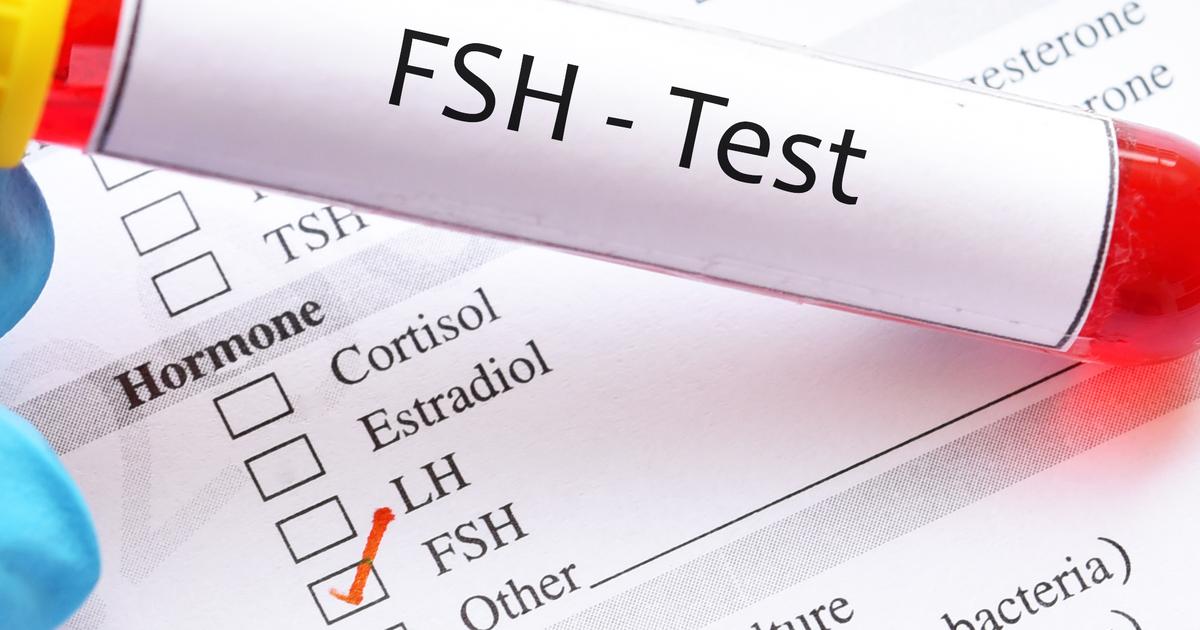
Follicle-stimulating hormone is a hormone the pituitary gland produces for the functional regulation of an individual's testes or ovaries. Follicle-stimulating hormone is considered a gonadotrophic hormone along with luteinizing hormone. In females, follicle-stimulating hormone promotes the growth of structures in the ovary called the ovarian follicles before one follicle releases an egg for ovulation. Follicle-stimulating hormone in females also increases the production of estradiol. In men, this hormone promotes the production of sperm, a process referred to as spermatogenesis. Follicle-stimulating hormone does this by acting on the cells in the testes called Sertoli cells, which facilitate the growth and differentiation of germ cells to spermatozoa. The hypothalamic-pituitary-gonadal axis is the system that regulates the production and release of follicle-stimulating hormone from the pituitary gland. Gonadotropin-releasing hormone and levels of estradiol are associated with this system in females, where testosterone levels, inhibin, and gonadotropin-releasing hormone are associated with this system in males.
